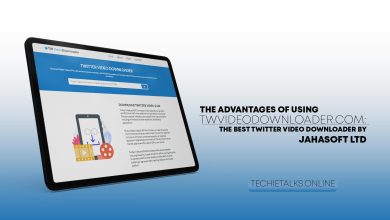2 Million or More Credit Card Stolen From Earl Enterprise Restaurants
- More than 2 million credit cards numbers have been stolen from the Earl Enterprise restaurants in just 10 month breach.
- Customers from some Planet Hollywood, Buca di Beppo, Earl of Sandwich and Other Locations were Impacted.
The head company of restaurants like Planet Hollywood, Buca di Beppo, and Mixology has confirmed that it experienced a data breach after the security researchers who has found more than 2 million stolen credit card numbers, which were being sold in online platforms.
The KrebsOnSecurity Says that they have been in touch with the company in February after they discovered “strong Evidence” that customers credit card and the debit card numbers were being sold in online communities.
The malicious hackers, who used “malware installed on its point of sale systems” to steal 2.15 million credit and debit card numbers, expiration dates, and some cardholder names from the restaurant locations in 40 states.
The Earl Enterprises, who has pointed out that the security breach took place between May 23rd, 2018 and March 18th, 2019, and that “the incident has now been contained.”
The company has now launched a website for customers to check if a location they had visited was one of the ones that was impacted by this breach.
it was also pointed out that the online orders were not impacted by the security breach.
The company has recommended all their customers to examine their statements for suspicious activity, and to notify their issuer if they find fraudulent transactions.




Data